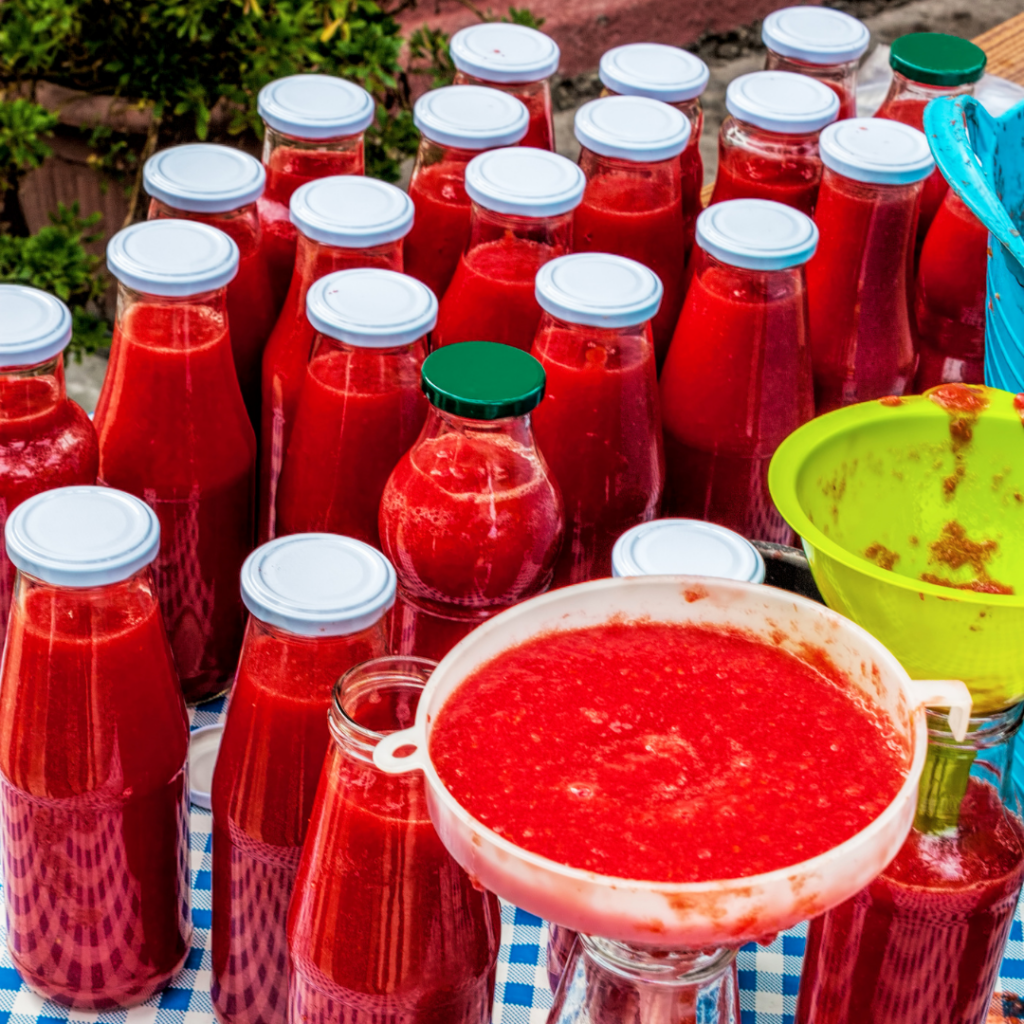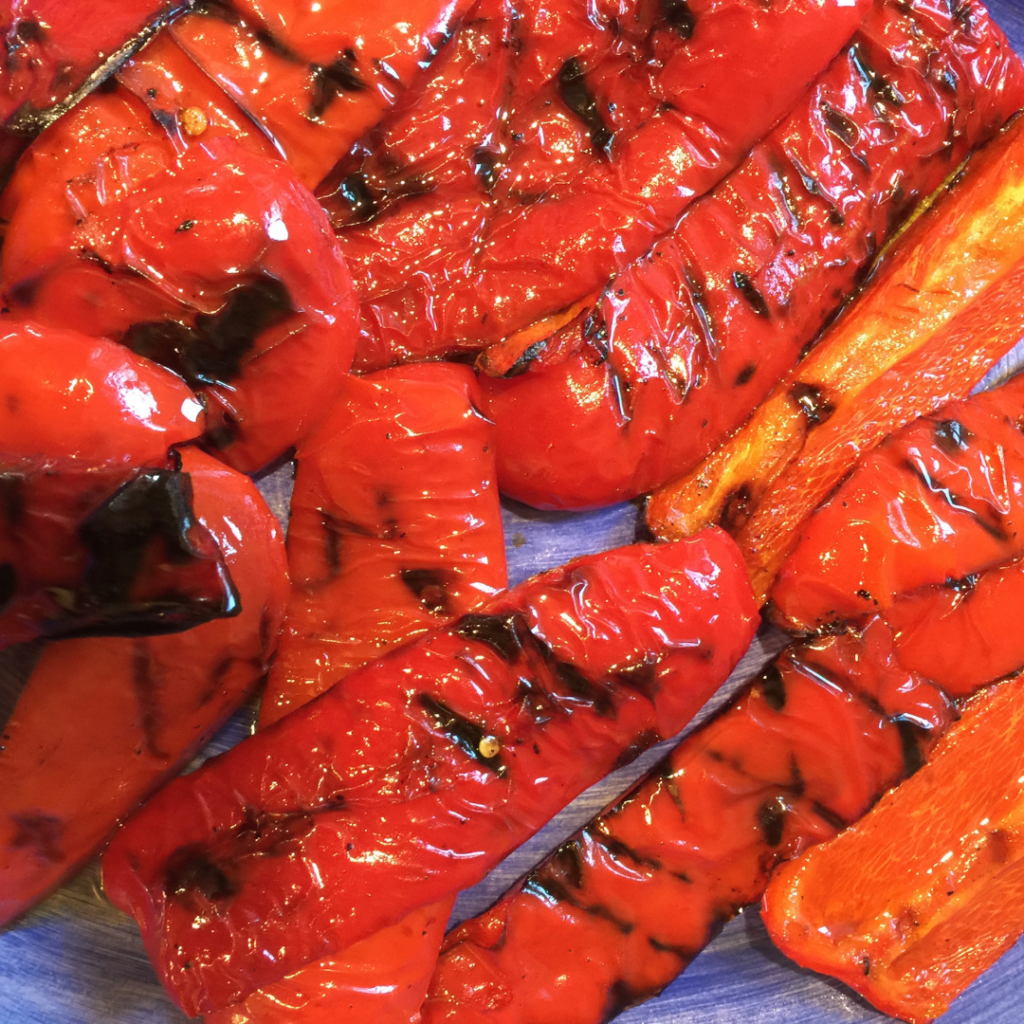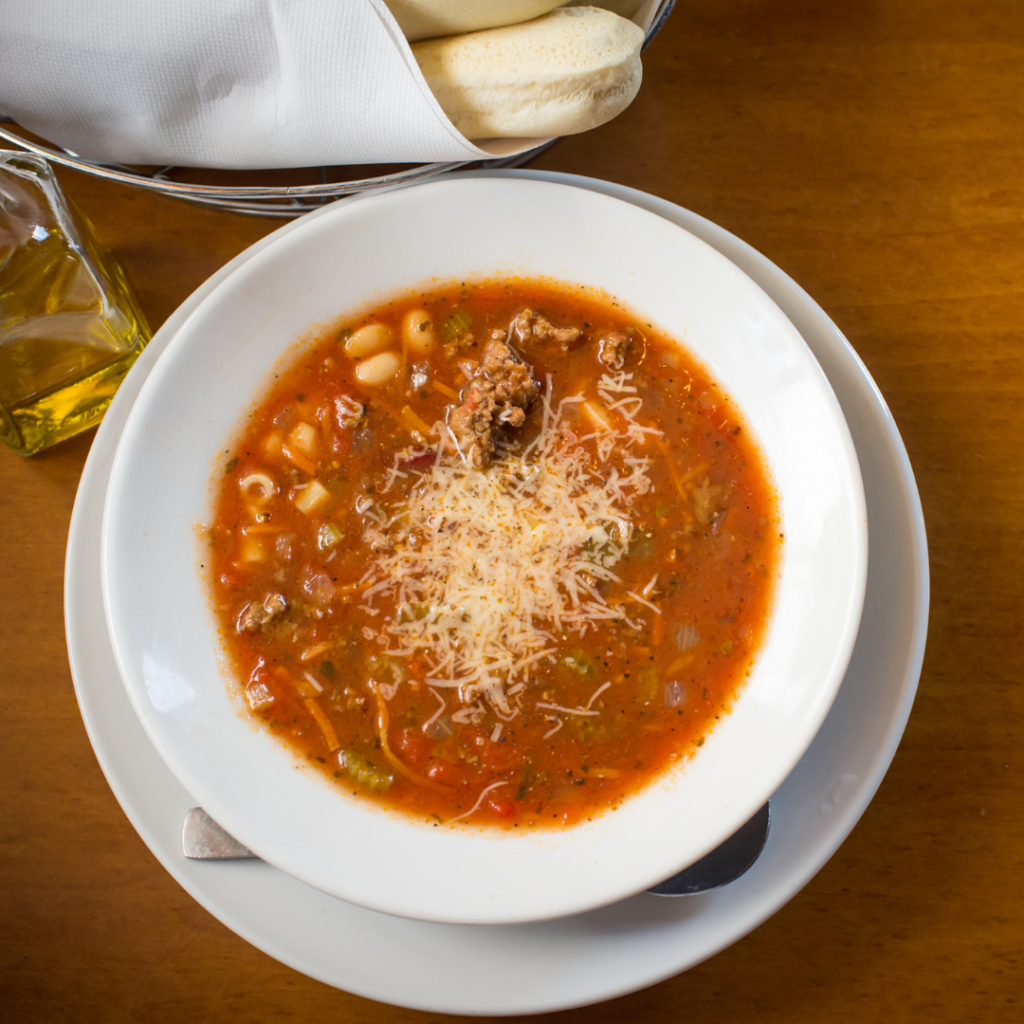In Italian culture, quality ingredients are the cornerstones of every meal. Italians have been preserving and canning food for generations, as both a tradition and a necessity for preparing their favoured meals year-round. When grocery stores were not as accessible as they are presently, filling up the cantina or dispensa with an assorted supply of preserves helped guarantee delicious feasts. Keep scrolling to learn how the tradition of canning came to be and how you can easily enjoy your favourite summer flavours regardless of the time of year.

WHAT IS FOOD PRESERVATION?
Prior to the industrial revolution, many people in northern Italian regions would grow large quantities of fruit and vegetables during the summer to last them through the winter. Across Italy, preserving foods after a harvest was a must, especially for lower-class families.
During the war, home canning rose in popularity because of the need to stockpile and ration. This habit was maintained after the war ended and became a part of Italian tradition. On top of this, home refrigeration was only invented in the early 1900s. When fridges were introduced to the country, many homes could not afford them, and those that did would only have small appliances. To this day, many Italians still have very small or limited frigoriferi.
One of the most popular preservation methods today is taking fresh tomatoes from the summer season and transforming them into sugo while gathering with family. Once that’s done, the sauce is stored in the cantina ready to give to friends, family and neighbours to make fresh tomato sauce all year.

SOTT’ACETI
In order to pickle vegetables, Italians often refer to the sott’aceti method. The process consists of preserving foods ‘under vinegar’ by placing an assortment of vegetables in a vinegar brine for a set period. Though the taste is rather acidic, giardiniera, peppers, eggplants, carrots, onions and celery are just some of the many delicious foods preserved this way.
SOTT’OLI
Sott’oli — which sounds similar to sott’aceti — is a way of preserving vegetables ‘under oil.’ Fully-cooked vegetables are submerged in extra virgin olive oil, keeping the food from spoiling. Some popular sott’oli foods and spreads are olives, mushrooms, eggplants, sun dried tomatoes, tuna, artichokes, peperoncini, pesto and asparagus.
Continue reading to see some famous Italian dishes made from these much-loved preserved foods.
PASTA WITH PESTO

Originating in Genoa, Italy, pesto is a type of sauce that is traditionally made with fresh basil, crushed garlic, pine nuts, extra virgin olive oil, and blended to perfection with Parmigiano Reggiano DOP cheese. This creamy sauce is typically mixed into pasta but is also served with chicken and panini. Storing your pesto in the freezer in ice cube trays or containers keeps it fresh for months on end, so you’ll never go without.
PEPERONI ARROSTITI

Peperoni arrostiti or ‘roasted peppers’ are a common antipasto and contorno in Italy. They are typically made with red bell peppers, but yellow and green bell peppers can also be used. The peppers are roasted in the oven or over a flame, cleaned and peeled by hand and then packed in jars with extra virgin olive oil, garlic, parsley, salt and pepper. Delizioso.
PASTA E FAGIOLI

Pasta e fagioli always does the trick to warm up a cold day. Hailing from Campania, this classic southern Italian dish differs from region to region. The main ingredients are preserved beans, vegetables like crushed tomatoes, carrots, celery and a small, shell-like pasta, topped off with freshly grated Parmigiano Reggiano DOP cheese.
CONFETTURA, COMPOSTA, MARMELLATA AND MORE
Moving away from the savoury side of foods, Italians also have a sweet tooth when it comes to jarring. Confettura, or jam, is a big part of colazione as it’s an Italian tradition to eat something dolce in the morning. Composed of equal parts fruit, sugar and additives, confettura is known for its chunkier consistency. A common Italian breakfast meal often features fragole, albicocche and fichi jam. These are often accompanied by biscotti or on pane abbrustolito. Keeping all the different meals in mind like pranzo and cena, citrus confettura or marmellata can also be enjoyed alongside cheese and appetizers later on in the day.
In addition to that, you’ll also find many Italians eating composta. This is a fresh or dried spread that is not typically preserved and can be both savoury and sweet in flavours such as prugne, mele, peperoncini and cipolle. Composta contains a minimum of 65 per cent fruit with only four per cent additives and a minimal amount of sugar (or none).
Another addition to the spread family is marmellata, which is a fruit jam that has a smoother consistency than confettura or composta. Typically made with citrus fruits, marmellata is composed of a minimum of 45 per cent sugar, 20 per cent fruit and up to 25 per cent in additives. Though the flavour range is quite similar, the texture is where the spreads diverge.
Jarring fruits is another common practice in Italy to add a fresh and sweet flavour to a drink or dessert. The most common ingredient for refreshing drinks and desserts during summer is peaches. This southern Italian specialty takes peeled and cut peaches and combines them with wine, perfect for after a meal or on a hot summer day.
By taking these methods and carrying them on in the future, we are reminded that these food traditions will last a lifetime and will always guarantee delicious meals and delicacies.



Add a comment